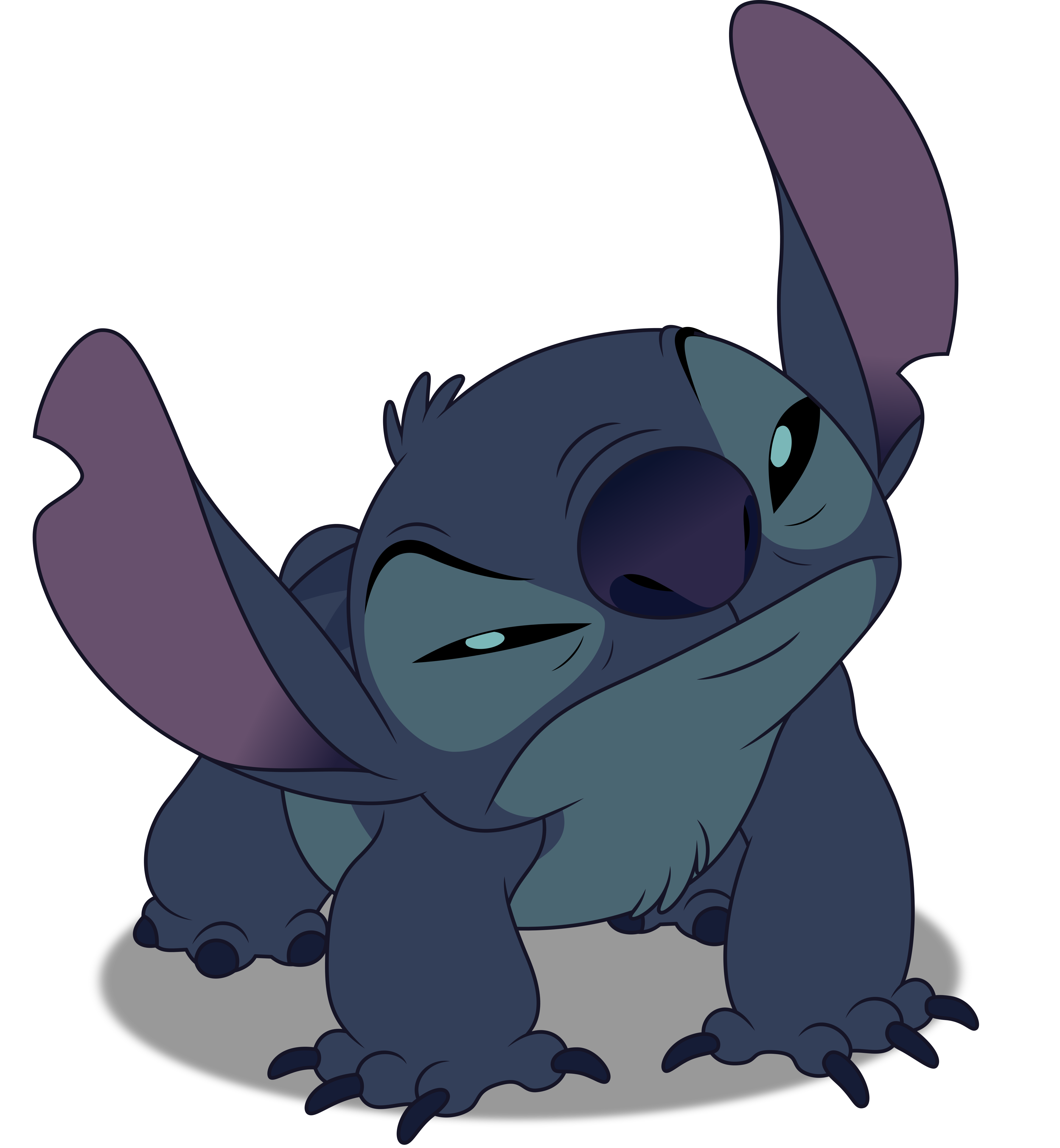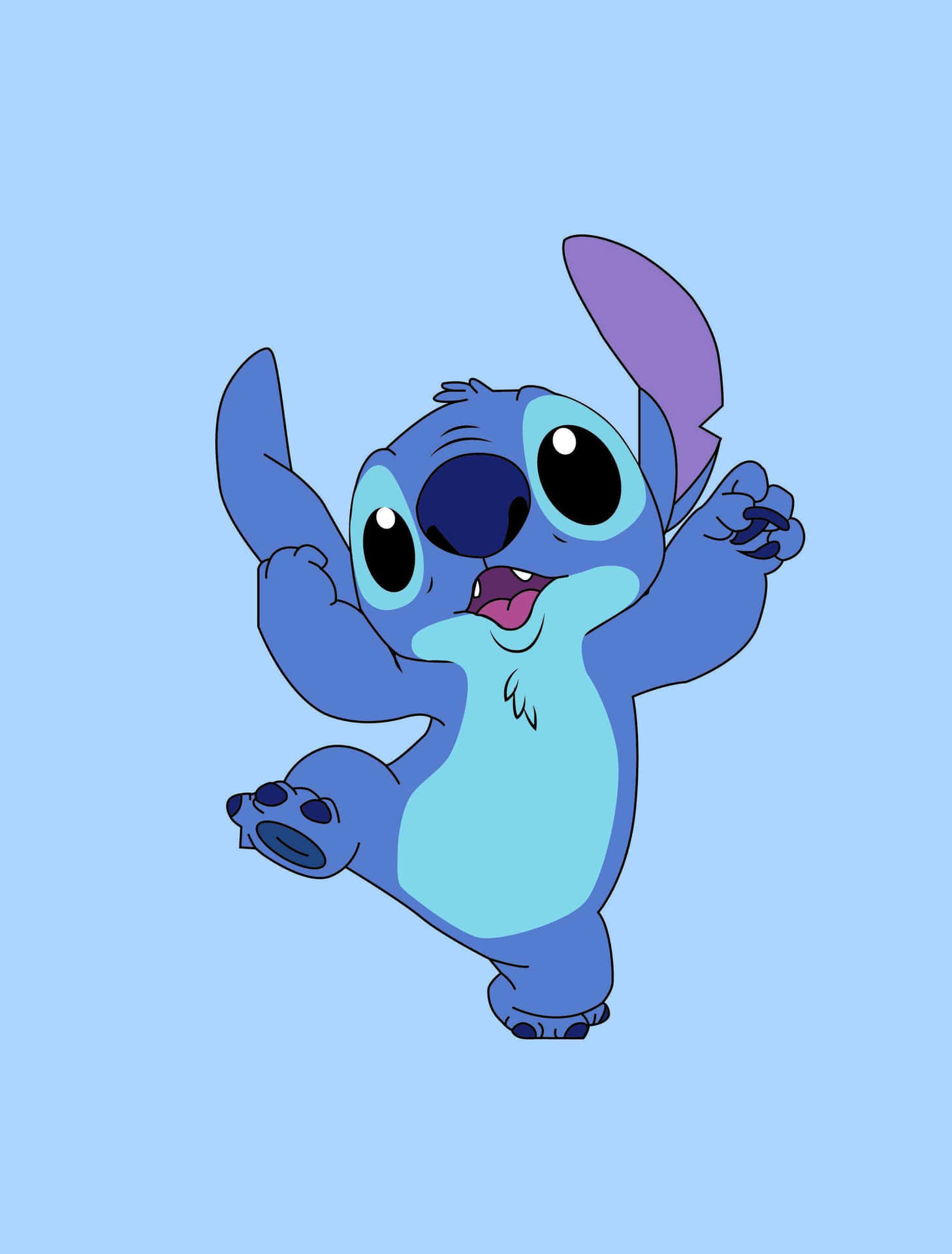Stitch Face Paint - Crafting Looks That Pop
Transforming your face into a canvas for art is a truly delightful way to express yourself, and when it comes to creating something truly eye-catching, the idea of stitch face paint really stands out. Whether you are getting ready for a special event, a costume party, or just want to try something different for fun, adding the look of stitches to your face can give off a wonderfully unique vibe. It is a creative choice that offers a chance to play with lines and shapes, making for a look that is both playful and a little bit dramatic, too it's almost.
People often wonder how to get that neat, sewn-up appearance on their skin, and the truth is, it involves a bit of artistic flair and some handy tips. This particular style of face decoration, which mimics the look of threads holding skin together, has become quite popular for its ability to transform a regular face into something quite extraordinary. You can create all sorts of patterns, from delicate little lines to more pronounced, bold statements, just like how you might put together a design with a needle and thread, in a way.
Our aim here is to walk you through some ideas for making your own stitch face paint designs, drawing inspiration from how detailed work comes together. We will talk about what makes these looks special, how to get a good, clean start, and where you might find new ideas for your next creative project. It is about taking the spirit of careful, measured work and putting it onto your face for everyone to see, you know.
Table of Contents
- Getting Started with Stitch Face Paint Designs
- What Makes a Stitch Face Paint Design Stand Out?
- Tips for a Clean Stitch Face Paint Application
- Where Can You Find Inspiration for Stitch Face Paint?
- Exploring Different Stitch Face Paint Styles
- Is There a Favorite Way to Create Stitch Face Paint?
- What About New Ideas for Stitch Face Paint Kits?
- How Do You Handle Common Questions About Stitch Face Paint?
Getting Started with Stitch Face Paint Designs
Beginning a stitch face paint project is, in some respects, pretty straightforward once you get a handle on the basic idea. The most challenging bit, you might find, is often getting that first central point or line just right, the one that everything else seems to stem from. It is a bit like setting down the very first mark on a drawing; it really sets the tone for the whole piece. But, I can let you in on a little helpful tip that can make this initial step feel much less tricky, which we will get to in a moment, basically. When you are looking to create those neat, sewn-up looks, think about the tools you will use. Small brushes, fine-tipped paint pens made for skin, and even some sponges can help. It is about building up the appearance of texture and depth, even though the paint itself will be flat. You are essentially drawing a visual trick on the skin, making it seem like there are threads holding things together. This kind of art asks for a steady hand and a bit of patience, but the outcome is often quite striking, you know. Sometimes, people worry about making a mistake right at the start, but honestly, practice makes perfect with these kinds of designs. Just a little bit of care at the beginning can make a big difference for the final look of your stitch face paint.
What Makes a Stitch Face Paint Design Stand Out?
For a stitch face paint design to truly catch the eye, it often comes down to the clever use of guides or patterns. Think about how helpful a clear template can be when you are trying to make a repeating pattern. You can actually find or make pattern sheets, perhaps out of clear, thin plastic, that can be cut into smaller pieces. These pieces might have lines on them that you can follow, helping you keep your stitches evenly spaced and looking consistent across your face. When you have a collection of these pattern pieces, perhaps all together in a little pile, it is quite a neat way to organize your ideas for different stitch face paint looks. These guides are not just for beginners, either; even experienced artists find them useful for maintaining precision, especially when working on a design that needs to be symmetrical or very uniform. The crispness of the lines and the consistent spacing are what give these designs their convincing appearance, making them seem almost real. It is a bit like having a blueprint for your face art, ensuring that each "stitch" falls exactly where it should, creating a cohesive and impressive visual effect, honestly. So, having some sort of guide, whether it is a physical template or just a mental plan, really helps your stitch face paint pop.
Tips for a Clean Stitch Face Paint Application
Getting a clean start is a pretty big deal when you are working on stitch face paint, especially if you want the lines to look sharp and the overall effect to be polished. One of the things that people often ask about, in fact, concerns how to get those really neat, crisp lines, particularly when you are putting the paint on personal areas, like your face. It is about making sure that the visible parts, the lines themselves, look just right, but also considering how the edges or the parts you do not usually see, blend in. For instance, using just a couple of lines or brush strokes to begin can help. Instead of trying to create a thick line all at once, building it up with a few thinner passes can give you more control and a much tidier result. This approach helps prevent smudges or unevenness, which can really mess up the illusion of stitches. It is about being deliberate with each mark you make. You want the "threads" to appear as though they are truly holding something together, and that means they need to be distinct and well-defined. Think about the texture of actual thread; it has a certain crispness. Your paint lines should aim for that same kind of clarity. So, taking your time and using a light hand, maybe even practicing on a piece of paper first, can make a world of difference for your stitch face paint.
- Kodak Black Clothing
- Hanover Scoops
- French Prairie Gardens Oregon
- Joanna Ferrell
- No Boxing No Life Website
Where Can You Find Inspiration for Stitch Face Paint?
If you are looking to explore more ideas for your stitch face paint, having a good visual guide is incredibly helpful. Think of it like having a book filled with different patterns and styles, a kind of "stitch dictionary" for face art. This sort of resource can really open up new possibilities for your designs. If you want to check out more ideas and push your creativity further, I really suggest getting your hands on a good collection of visual examples. A helpful visual guide will show you all sorts of variations, from simple running stitches to more complex cross-hatch patterns, and how they might look when applied to skin. It is about understanding the different ways lines can intersect and overlap to create the illusion of texture. This kind of resource can help you understand the basics of different "stitch" types and how they can be adapted for face paint. You might find ideas for placement, color combinations, or even how to incorporate other design elements with your stitches. It is a bit like learning a new language for your brush, giving you a wider vocabulary of visual effects to play with. So, having a solid reference, whether it is a book, an online gallery, or even just a collection of pictures you have saved, can be a great starting point for your next stitch face paint adventure, you know.
Exploring Different Stitch Face Paint Styles
The how-to information for creating various stitch face paint styles is, in essence, about breaking down complex looks into simpler steps. You might start with something quite basic, like a simple line of dashes that mimics a running stitch, and then gradually move on to more involved patterns. There are so many ways to create the appearance of stitches, from simple straight lines that suggest a seam, to more intricate crisscross patterns that look like a mended tear. Some artists really like to use fine brushes to draw individual "threads," while others prefer using stencils to ensure uniformity. The choice of colors also plays a big part in how the stitch face paint looks. A bright, contrasting color can make the stitches pop and look almost cartoonish, while a color closer to your skin tone might create a more subtle, almost scar-like effect. You can also play with shading, adding a darker line on one side of the "stitch" and a lighter one on the other to give it a three-dimensional appearance. This kind of detail really helps sell the illusion. Pretty much, it is about experimenting with different tools and techniques to see what works best for the particular effect you are going for. The variety of ways you can approach stitch face paint means there is always something new to try, which is really quite fun.
Is There a Favorite Way to Create Stitch Face Paint?
When it comes to hand-drawn lines on the face, the "stem stitch" style, if we can call it that for face paint, is often a preferred method for many. It is my most liked way to make a mark, I mean, because it is so versatile and looks good, too. This technique, which involves overlapping strokes that create a slightly raised or textured line, can be incredibly effective for making those convincing stitch marks. It gives a bit of depth to the lines, making them seem like actual threads lying on the skin, rather than just flat drawings. The beauty of this particular style for stitch face paint is how adaptable it is. You can make the lines thick or thin, long or short, and you can curve them around the contours of the face very naturally. It is a forgiving method, in a way, allowing for a little bit of imperfection that actually adds to the handmade charm of the "stitches." The way the lines sort of intertwine gives them a realistic feel, almost like real embroidery. You can use this method to create a single, prominent stitch line, or to build up a whole network of stitches for a more dramatic look. It is just a really solid technique that delivers consistent and attractive results, which is why it is often a go-to for many artists who do stitch face paint.
What About New Ideas for Stitch Face Paint Kits?
It is pretty common for people to have many small things they want to know when new methods or products for face art come out. For example, when a fresh publication about raised, smooth, single-letter designs came out earlier this year, there were lots of little things people wanted to know here and there. This is very similar to how new ideas or components for stitch face paint kits generate interest. People are always curious about what is new and what might make their creative process easier or more exciting. Perhaps a new kind of paint that has a slightly raised texture, or brushes that are specifically shaped to make "stitch" marks more easily. Or maybe it is about new color palettes that work well together for a stitched look. The anticipation around these new arrivals is real. For instance, the final piece for a collection of items, perhaps a specialized brush or a unique stencil for stitch face paint, might be expected to arrive around a certain time, provided the making of the items and getting them sent out goes smoothly. This kind of waiting for new tools or colors is part of the fun for anyone who enjoys creative projects like stitch face paint. It keeps the art fresh and encourages people to try new things, which is pretty cool.
How Do You Handle Common Questions About Stitch Face Paint?
When you are creating stitch face paint, you will find that people have all sorts of questions, just like with any creative pursuit. Many of these questions tend to pop up again and again, so it is good to have some ready answers. For instance, a frequent question I get often concerns how to make the "stitches" look realistic without actually hurting the skin, or how to ensure the paint stays on for a long time without smudging. Another common inquiry might be about removing the paint easily without leaving any residue. People also frequently wonder about the best types of paint to use for sensitive skin, or how to get really crisp, fine lines that truly resemble thread. It is about addressing the practical concerns that come with applying art to the body. You might explain that using water-based paints is usually a good idea for easy cleanup, or that setting sprays can help keep the design in place. For the fine lines, you could suggest using very thin brushes or even liquid eyeliner for precision. Having clear, straightforward answers to these common questions makes the whole process of trying stitch face paint less intimidating for others. It shows that you understand the practical side of this fun art form, which is really helpful for anyone wanting to give it a try.

Download Stitch Wallpaper

Stitch PNG transparent image download, size: 4618x5000px

Download Image Stitch from the movie “Lilo&Stitch” | Wallpapers.com